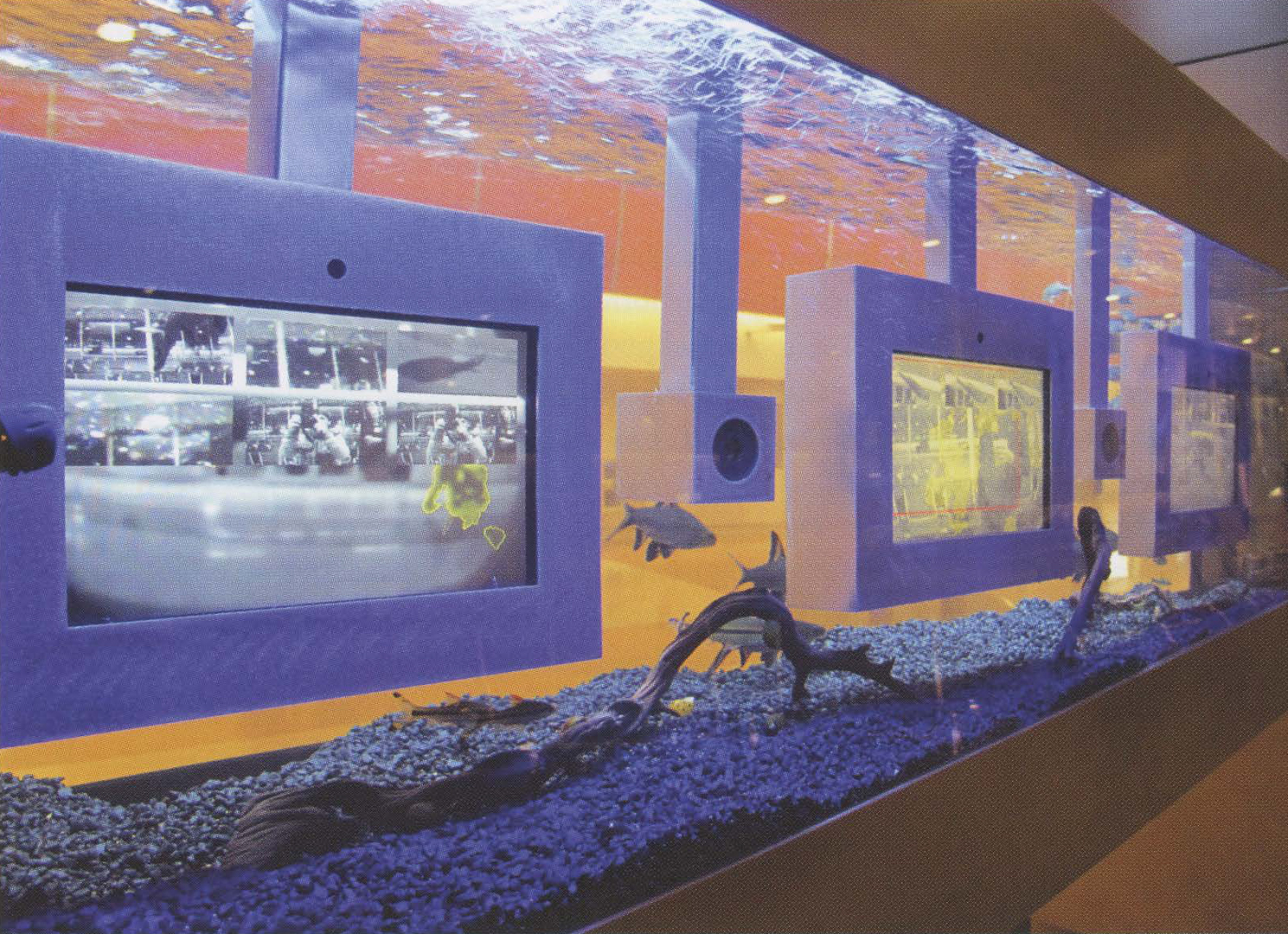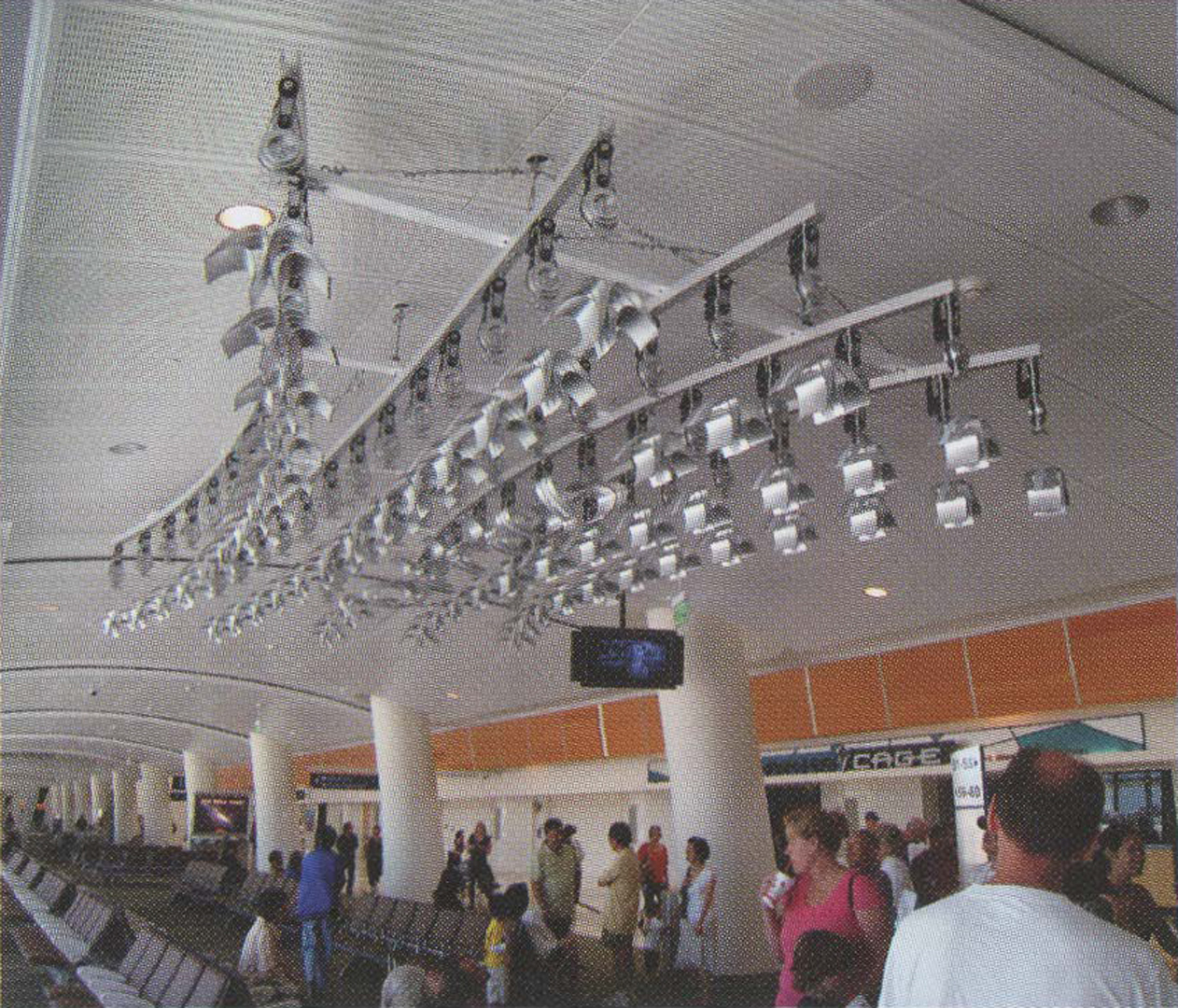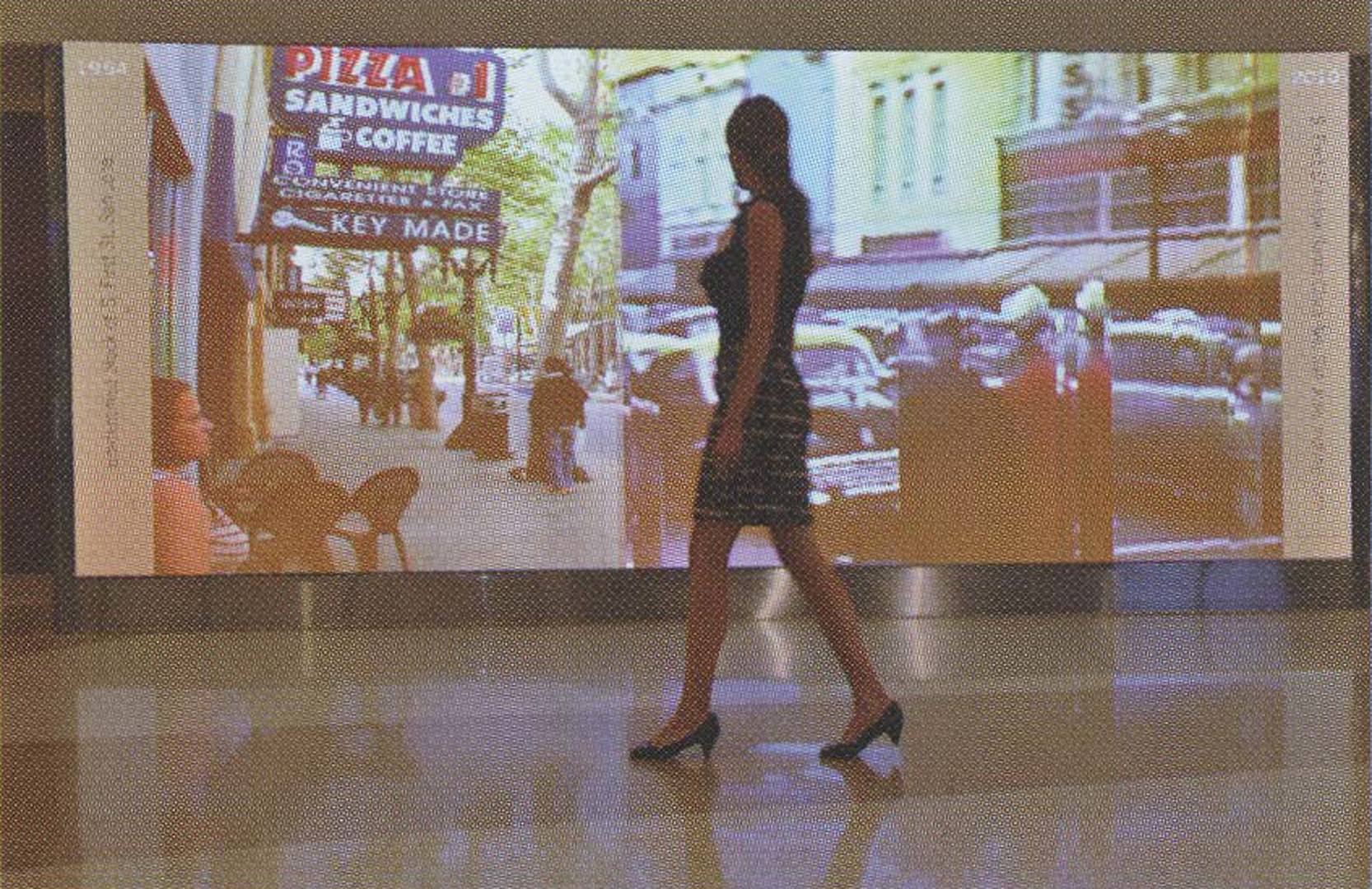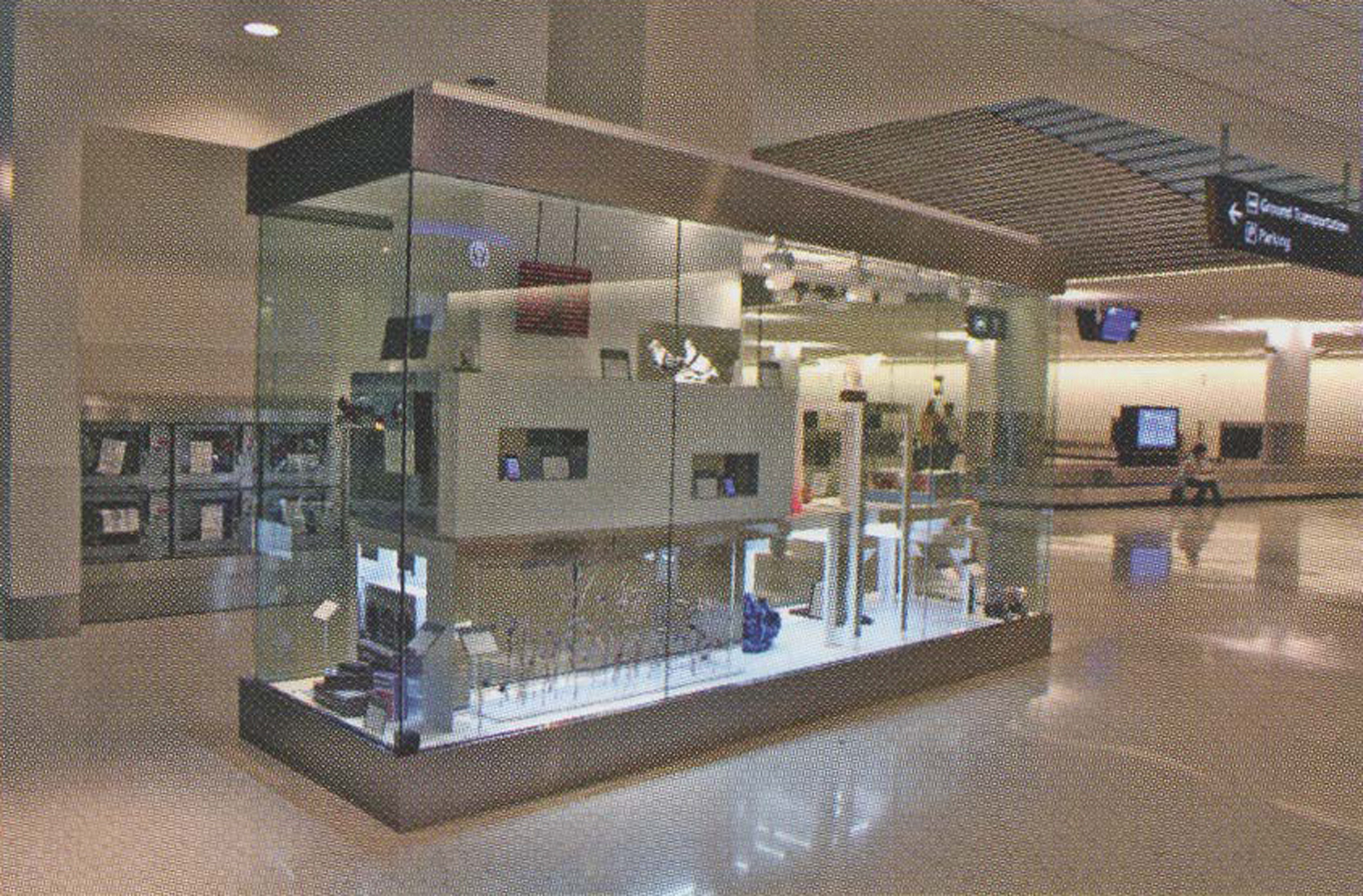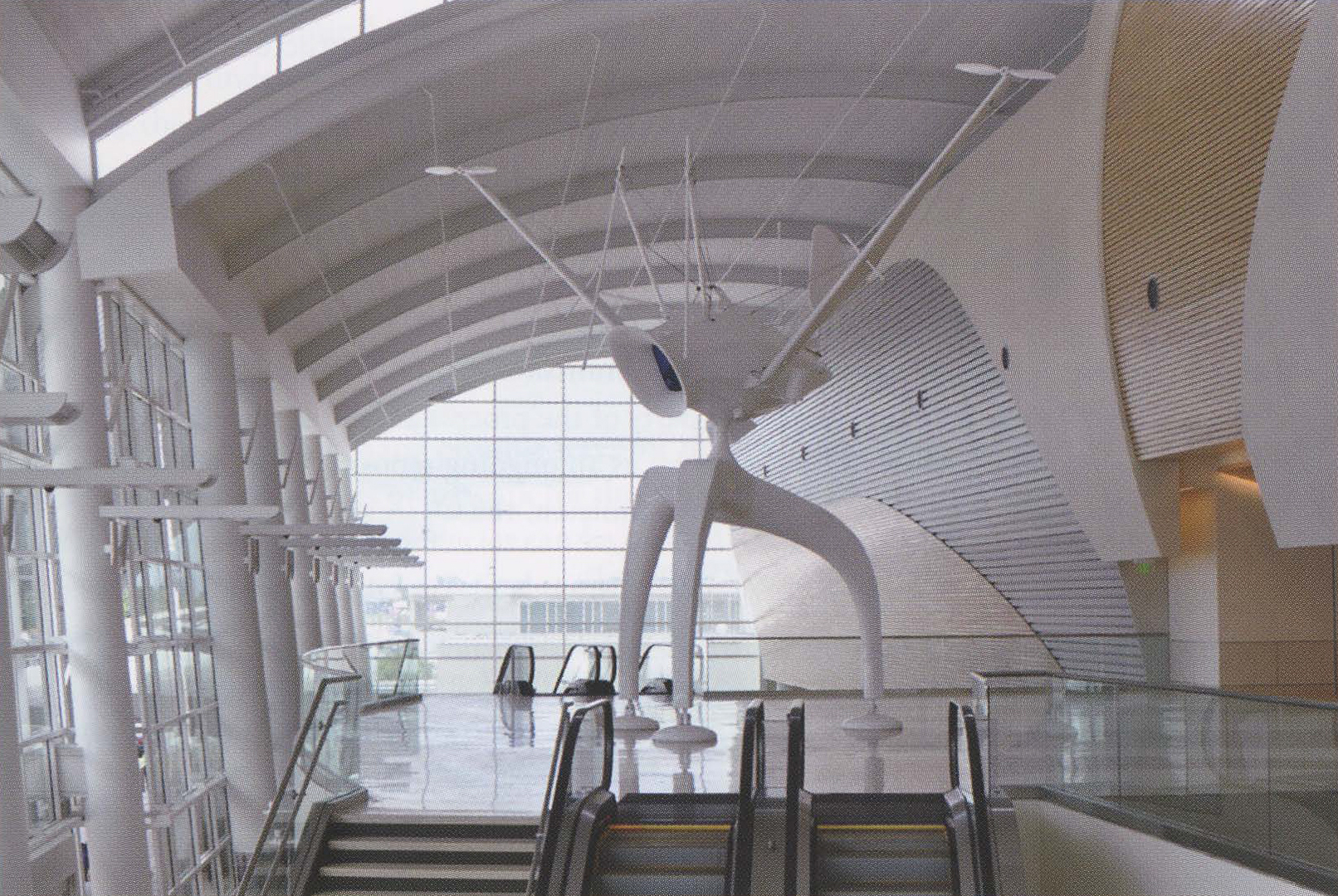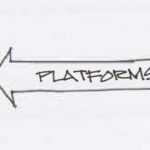Matt Gorbet, Susan LK Gorbet, Banny Banerjee: Collaboration with the Future
Artist(s):
Title:
- Collaboration with the Future
Exhibition:
Creation Year:
- 2011
Category:
Artist Statement:
The City of San Jose’s Office of Cultural Affairs has established an ongoing, rotating program of technology-based and technology-themed public art in conjunction with the revitalization of Silicon Valley’s Norman Y. Mineta International Airport (SJC). Three major permanent artworks and ten short-term (18-24 month) “rotating” installations make up the first round of Art+Technology commissions, launched with the opening of the airport’s new terminal in June 2010. Airports chat include technology-based artwork typically have a small number of individual works [1-4] within more traditional public art collections, and any infrastructure installed to support them is designed specifically for chose pieces. When more general, building-wide infrastructures have been created to support evolving collections of technology artwork, these are found in facilities that are dedicated to technology art as their primary purpose, such as museums, galleries, and exhibition centers [5-8]. San Jose Airport’s Art Activation project brought these two directions together. We created an architecturally integrated infrastructure consisting of physical, technological, and human systems to enable the SJC Art+Technology program to be robust and extensible within the constraints of a functioning airport.
Technical Information:
An IT infrastructure enables artworks to connect to data sources for input, as well as providing
tools for monitoring and maintenance.
Art VLAN
The SJC airport’s integrated network is divided into virtual local area networks (VLANs) for the departments and tenants of the facility (e.g., airlines, operations, security, concessions). The public art program has its own VLAN that is monitored by airport IT staff but configured and maintained by the program to suit the specific needs of artists. Access, security and network protocol restrictions were negotiated with the airport IT department during the design phase. Every artwork-specific terminal location incorporates CAT-6 data connections to the art VLAN, sometimes in unusual places, such as behind ceiling tiles or walls, supporting installation of
concealed equipment and sensors.
Art Server
At the heart of the Art VLAN is a Linux-based server aggregating data from various sources, including weather data from the National Oceanic and Atmospheric Administration (NOAA) and flight information from the Airport Operations Database (AODB). APis and open-source
sample scripts for artists’ use (Figure 6) are provided in multiple programming languages. The Art Server also plays a vital maintenance role, controlling peripherals such as IP video cameras and network-enabled power switches for easy troubleshooting and remote control of
lighting and projectors. Access to the Art Server is available on-site or remotely via VPN. A browser-based interface to its functionality has been implemented using the Django web framework [19].
Art Cloud
To provide flexible functionality without full knowledge of future requirements, a second server is implemented using Amazon’s EC2 [20] service. This server provides access to data about each piece, including regular status-monitoring “heartbeats” (Figure 7). In addition, the Art Cloud provides a gateway between the highly secured on-site Art VLAN and third-party web services such as the Twilio [21] telephony application, enabling artists to build external application controls for their artwork. Finally, the Art Cloud also hosts a Wiki-based handbook for artists, an inventory system, and other documentation for use in administering the Art Program.
Process Information:
Though the infrastructure and the Art+Technology program are still very new and designed to evolve over time, it is worth noting some of the successes and surprises encountered so far. As of this writing, the airport has been open for nine months and has been through only one initial round of commissions, so several of the elements, such as the integrated API for mobile device interaction and the mounting system on the large Curved Concourse Wall, have not yet been used by artists. The first ten rotating and three permanent artworks were installed simultaneously with the completion of the building, and in parallel with the final implementation of the technology infrastructure. One drawback of this was that maintenance documentation was not initially available for all artworks (and is still being compiled for some). Further, the Art Technician was hired after installation of the first round of artworks had begun, so he had a lot of learning to do
very quickly. The collection has experienced understandable maintenance issues with several pieces, in particular those with moving parts or water. This was anticipated, and the presence of the Art Technician has been enormously helpful, as has the presence of ArtCams and the ArtVLAN for monitoring and remotely diagnosing the work. The experimental and dynamic nature of much of the work means that some of the artists have continued to contribute, tweaking software parameters and making adjustments to the behavior of their pieces. This ongoing relationship is facilitated by the artworks’ being online and software-based, and raises logistical, contractual, and theoretical questions about when a work is “complete.” See [23, 24] for further general discussion of these issues. In addition to the artworks that are currently installed, three other artists were originally offered commissions in the initial round. One artwork was not completed due to the artist’s lack of time to engage appropriately with the demands of the infrastructure. One artwork was not approved by the Public Art Commission in the design development phase due to difficulty designing within the required constraints of the platform, and one commissioned work has been delayed due to unforeseen technical issues with the artwork. One of the “pilot” artworks in the collection is also likely to undergo revisions, as its impact on the travelling public has not been as strong as desired by the artist or by the Public Art program. Such conditions illustrate the need for commissioned artists to be aware of the infrastructure’s specific constraints, the importance of strong oversight during the commissioning and design process, as well as flexibility with management of the work once installed. Now that the constraints and possibilities of the infrastructure have become more tangible, it will be easier for future curatorial teams to match artists to the platform opportunities. Going forward, there are many possible ways for the San Jose Public Art program to approach commissioning new rounds of artwork for the airport (guest curatorial teams can be established, proposals can be solicited, residencies can be created, etc.). Every approach has its own ideological, political, procedural, and practical ramifications. We view this as a healthy situation, as curatorial practices, notions of “site-specificity” and “community” are continuously shifting in
public art discourse. Art historian Miwon Kwon describes the “resilience of the concept of site-specificity, as indicated by its many permutations” [25]. In fact, during the course of the Art Activation project, San Jose’s Office of Cultural Affairs produced a new master plan for the city’s Public Art program [26] which recommends new approaches to such issues as site-specificity and community engagement.
By integrating closely with the architecture, while providing abundant potential for bold commissioning opportunities, the SJC Art Activation infrastructure is designed to accommodate flexibility of curatorial and stylistic strategies in addition to ever-changing technological opportunities.


